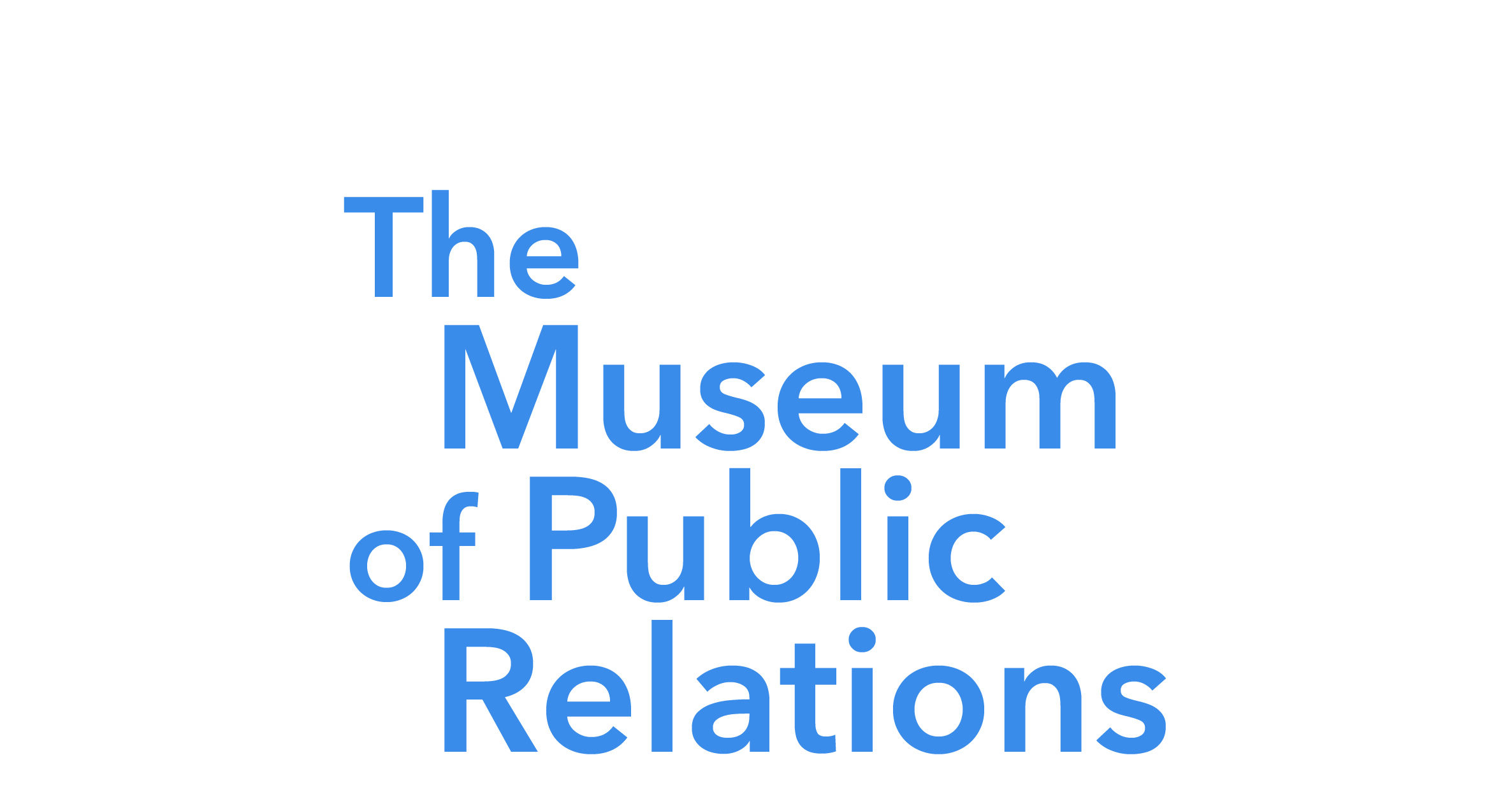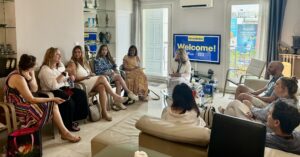‘Public relations for the public good’: Q&A with Museum of PR cofounder Shelley Spector
Including why it’s important to learn the history of the field — and how the field has impacted history.

The Museum of Public Relations, the world’s only museum dedicated to the PR field, is celebrating its 25th anniversary. The museum conserves exhibits and more than 5,000 objects from PR’s past and uses them to educate the public on the tangible and intangible history of the field. The museum and its co-founder, Shelley Spector, are especially passionate about elevating diverse voices from the past to inspire the future of the profession.
To celebrate both the museum’s 25th anniversary as well as their recent win of Ragan’s Outstanding Service to the Industry Award, Spector answered five questions from PR Daily. These answers have been lightly edited.
- Why do you think it’s important PR pros learn the history of the field?
First of all, while we feel the history of the PR field is extremely important to know, it’s more important to understand how the field has impacted history. What I mean by that is that communications has played a huge role in world events, particularly in social movements, such as the anti-slavery movement, women’s suffrage and civil rights for all of us. Using “Public Relations for the Public Good” is something that we like to focus on during museum tours, because it gives more meaning, power and significance to our profession. For socially minded professionals who’d rather change the world than tweet about toothpaste, this concept is highly attractive.
Second of all, we need to study the strategies employed by PR pioneers in years past — way before technology allowed us to post our own stories online. This was when publicity meant creating powerful, newsworthy ideas that convinced reporters to cover your stories in print and broadcast media. What is now termed “earned media” was the only game in town; there was no such thing as “owned” or “shared” media. It was this powerful credibility created by third-party endorsement of respected writers that could move markets, sell products, build reputation and manage crises.
Third of all, the subject of PR history gets short shrift in college classes. And it’s a pretty boring chapter in the textbooks. It’s generally the story about three white men in the 19th and 20th centuries that’s been told to generations of students ever since PR specializations were first created in colleges. We’ve been working for years to create a more diversified telling of this history — one that includes women, African Americans, Asian Americans, Latinos, Native Americans and members of the LGBTQ community. We’re uncovering diverse PR pioneers all the time, and love telling these stories to classes and professionals.
- What’s the biggest change you’ve personally seen since you started in PR?
Besides all the obvious technology developments which have impacted our work, the biggest change is the influence of professional women on the profession. When I came into the business, I was frequently the only woman in the room. Then in the ’90s, for reasons no one really understands, the demographics suddenly started to change. Today, while there are still men at the very top, younger men are becoming a vanishing breed, and if college classes are any indication, they’re nearly extinct. That’s our next big diversity problem, because a PR organization cannot be fully diverse if you don’t have guys around. I think it’s extraordinary that there are now as many female CCOs as males, but there are fewer young males coming up in the field than any time in our history.
- You’ve put a big emphasis on DE&I for the last six years. What impact have you seen from that work?
One of our goals from the start was to help attract more young, diverse students into the profession, and I felt that by showing them a more diversified history of the field — in other words, featuring “people who looked like them,” — that the students would feel a greater connection to the profession. There are other PR organizations, like the Diversity Action Alliance and Page, who are also trying to attract more diverse professionals into the field. I believe that we are indeed seeing a growing number of diverse students choosing PR as a major and starting off their careers in PR. However, for some reason, they tend to leave after four or five years.
Another goal was to have more representation of diverse PR pioneers in the textbooks. And we’ve been working with authors and publishers over the years to provide content and photos for these books so that all students — whether diverse or not — can learn about the extraordinary contributions of these once-hidden diverse PR pioneers. Our six annual diversity events showcase the diverse PR stars of today so that our young professionals can have role models and see a path forward for themselves. They know now that it is well within everyone’s reach today to become a CCO or agency head one day, and that the color barriers, while still not gone, are far fewer than what they were just a few years ago.
- What does diversity mean to you?
Diversity is far more than having a room filled with people of different races and ethnicities. Unlike the sameness of the individuals on teams I grew up with as a young professional, who had similar socio-economic, ethnic and educational backgrounds, today’s diverse teams provide a vastness in perspectives, backgrounds and ways of looking at the world that you’d never get in a conference of, say, Ivy Leaguers from uptown Manhattan. A diverse PR team enables us to better understand and better communicate with our audiences. Only by having that shared living experience as the people we’re trying to reach can we truly win their trust and loyalty. It is quite noticeable, particularly in ad campaigns, when the creative team truly didn’t “get” the audiences they were going after.
- What is one thing you most hope changes in PR in the next 10 years?
Can I have more than one wish? First, continuing on the diversity theme, I hope we figure out, and fix, the problems we have with retaining our diverse young professionals. I also hope we can start attracting more young men into our college PR majors and then into our field. Second, I would like the profession to get back to its roots, to spend more time focused on research in order to create Big Ideas that generate news. Call me old-fashioned, but I would like us to spend more time on building business strategies and less time building posts. It’s the difference between what marketing guru Philip Kotler once termed “pull” as opposed to “push” strategies. When you view PR as an applied social science, as Edward Bernays described the discipline, you begin to look at what you do everyday in a whole new light.







